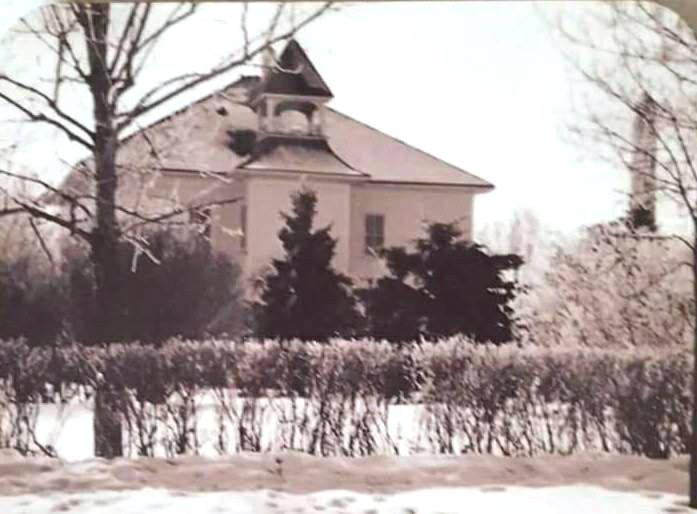By Carson Ellis
In the early days of the formation of Alberta one of the things that fledgling communities were intent on getting, was a courthouse. Not only did a courthouse create a flow of traffic for a community, it also created local jobs with the construction and maintenance of the building. Courthouses were often a symbol of pride and prestige for a community, which was often reflected in the grand designs of many of the early territorial and provincial courts.
Early on, the provincial government was looking to break up their already established and rather expansive Wetaskiwin Judicial District. The Town of Stettler was excited by the possibility of becoming a judicial center, and after five years of dedicated campaigning by Liberal member Robert L. Shaw, Stettler was declared a judicial sub-district in 1913. Because of this, the Board of Trade threw a banquet in Mr. Shaw’s honour.
The first big step towards Stettler’s courthouse began in December of that year, when the Inspector of Legal Offices telegrammed the Stettler School Board and offered to purchase their former school house for $9,000. The two-storey building, which was built in 1907 for about $4,400 was replaced by the town’s new brick school house, and the purchase would greatly alleviate the board’s financial problems. The purchase was considered by the town to be temporary, and gave no cause for concern. It was believed the temporary location would help to establish the sub-district even quicker.
Renovations began in March of 1914 and would fit a basic layout of courthouses of the era. The first floor would house offices for officers of the court, as well as an office for the judge, and two holding cells. The second floor would have the main court room, lawyers’ chambers and a retiring room for juries and witnesses.
Although a new modern furnace was installed, most of the fixtures were from the former Territorial Courthouse in Calgary, which was being refitted into the new headquarters of the North West Mounted Police. By the time the courthouse was ready in September, renovations came to just over $6,000 with much of the labour and subcontract work done by local outfits. Local names would also be some of the first officials to work in the new courthouse.
Whatever the province may have been planning, the war would cause the province to terminate courthouse construction. After the war, Stettler’s roughly 1,200 people wasn’t enough to warrant them construction of a new courthouse. By 1935, the judicial sub-district of Stettler was dissolved. Stettler had just enough traffic to maintain local officials and offices. Most of the regular traffic to the courthouse was from people using the Kinsmen playground that sat beside the building and is still fondly remembered.
In the mid-seventies, a provincial building was erected with a courtroom inside, and Stettler’s ‘temporary’ courthouse was officially closed. The massive two storey structure was then moved across town and currently sits at the Stettler museum.
Editor’s note: Carson Ellis is a member of the Stettler History Book Committee. He has lived in Stettler his entire life and has a keen interest in Stettler’s history.
